Hi Foodies!!! Today, let’s dive into the wonderful classification of nuts and seeds! Culinary nuts and seeds are versatile and flavorful ingredients that can add depth to any dish. From gravies to desserts, they’re a must-have in any kitchen. Discover how to use them and get the most out of these amazing ingredients.
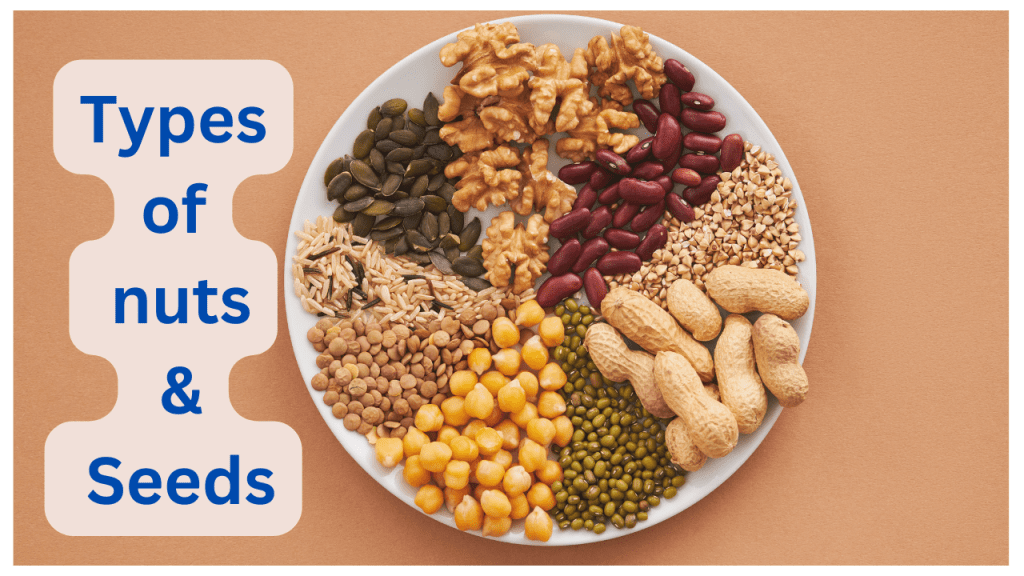
Introduction
Nuts and seeds have been cherished ingredients in the culinary world for centuries, adding delightful crunch, flavor, and nutritional value to a wide range of dishes. From savory to sweet, nuts find their way into cuisines from around the globe, offering not only a delightful taste but also a unique texture that elevates the dining experience. In this article, we will explore the diverse world classification of nuts and seeds used in the culinary industry, delving into their flavors, textures, and versatile applications. Whether you’re a seasoned chef or a home cook looking to enhance your dishes, understanding the different types of nuts and seeds and how to use them can take your culinary creations to new heights.
Let’s quickly dive into the classification of nuts and seeds and learn their uses
ALMONDS
Cream-colored with a shell and deep brown without a shell, oval-shaped flattish nuts In India, it is also called “Badam”.
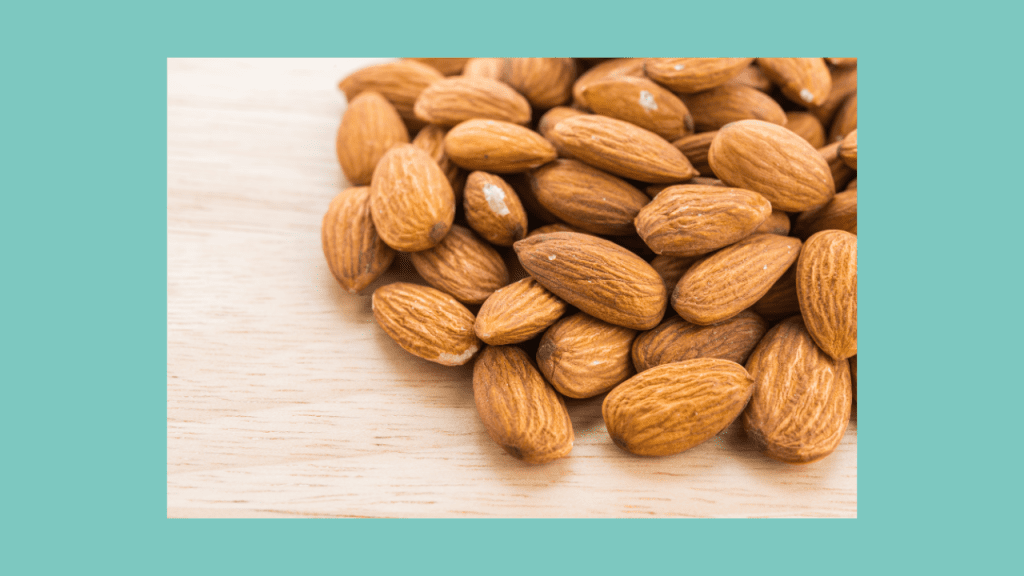
Uses of almond
The first nut under the classification of nuts and seeds is almond. Almonds can be consumed roasted, salted, or spicy as a snack. They are blanched to remove the coat and are used in Indian royal gravies and biryanis. Also used are Falooda, a dessert made of vermicelli cooked in milk, and Shreekhand, a dessert made of hung curds. Used as an additive to cereal, cakes, ice creams, and pastries.
- Greece: Used in wedding sweets called Amygdalota.
- Iran: Sea salt-dipped and dried almonds are consumed as snacks.
- India: Used extensively in Mughlai cuisine.
- Italy: almond macaroons.
Cashew
Light brown with a coat and creamy white without a coat, kidney-shaped nut In India, it is also called “Kaju”.
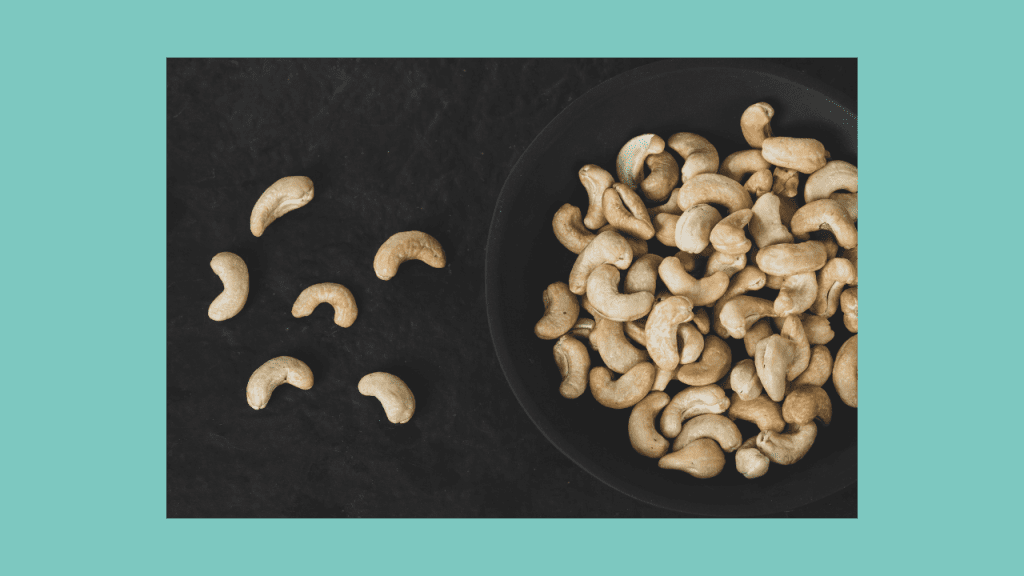
Uses of Cashew
Consumed roasted, plain, salted, or spiced as a snack. Also used in preparing Kaju Katli, a dessert made of cooking cashew powder in milk and sugar. India: Cashew powder is used as a base for various sweets and desserts named Suji Halwa and Modak. Used in gravies and curries such as Khoya Kaju and Kaju Usal. Also used in preparing cashew vinegar and feni, an alcohol.
Chestnut
Green hairy shell outside and a dark brown glossy, half-onion-shaped nut inside.

Uses of Chestnut
Dried and milled into flour to add to loaves of bread, pancakes, pasta, and polenta. Used as a thickening agent in soups and sauces. Can be eaten candied, boiled, steamed, deep-fried, grilled, or roasted.
- Croatia: used in fritters.
- Hungary: Used in a dessert named Gesztenyepüré.
- Swiss: Along with Kirsch, they used to make a dessert called Vermecelle.
Coconut
Green when tender, brown when ripe, two shells—outer with coir, inner very tough kernel. Bigger than a tennis ball without an outer shell. Filled with sweet water. White fruit meat is seen when broken. In India, it is also called Nariyal.

Uses of Coconut
Coconut is grated, dried, and powdered to use as an ingredient in cakes, Swiss rolls, and biscuits. Also used for the presentation of food. India: used in preparing sweets called coconut burfi and modak. Also used in gravies and chutneys, the dip is made of grated fresh coconut with herbs and chili ground to paste.
Hazelnut
Onion-shaped, reddish brown, hard outer shell with light brown fruit meat inside. In India, it is also called “Pahadi badam.”
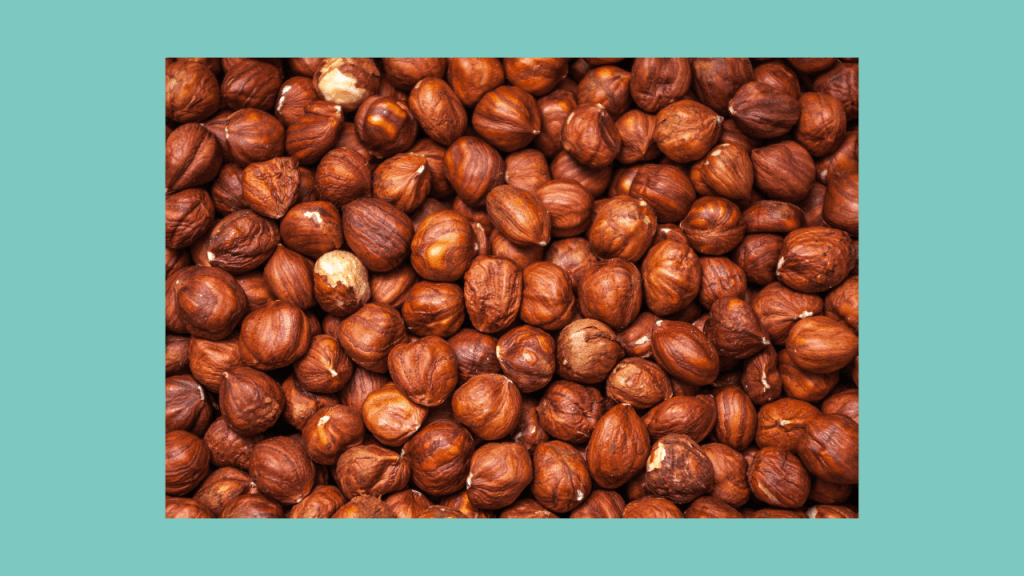
Uses of Hazelnut
Used in pralines and chocolates. Also used in chocolate truffles, Nutella chocolate spread, and Frangelico liqueur. Hazelnut oil is used as a cooking oil.
Macadamia
Milk chocolate-colored shell of around 3 cm diameter with a white spherical seed of ½ to 1 inch. Some of the other names of Macadamia are Queensland nut, Bush nuts, and Australian nuts.
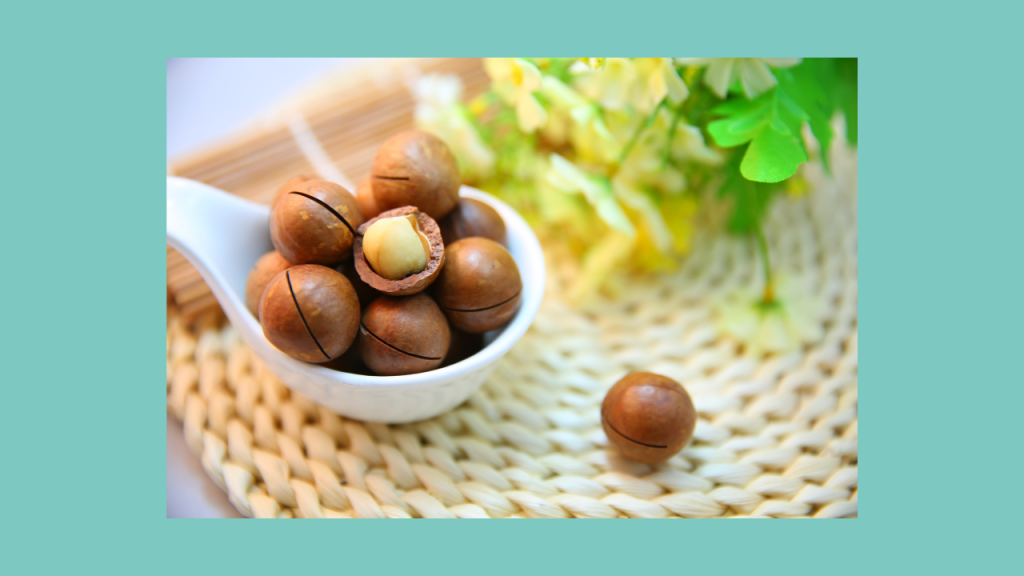
Uses of Macadamia
Ground as a filler and flavor enhancer in minced meat, poultry, and seafood preparations Use powdered nuts in pastry or as a topping for pies. Roasted nuts yield a strong flavor. Its oil is used as a salad dressing.
Peanut
The light brown, ridged, thin shell contains 1-4 peanuts. Light pink or deep crimson pink nuts inside are arranged in a row. Also called ground nuts.
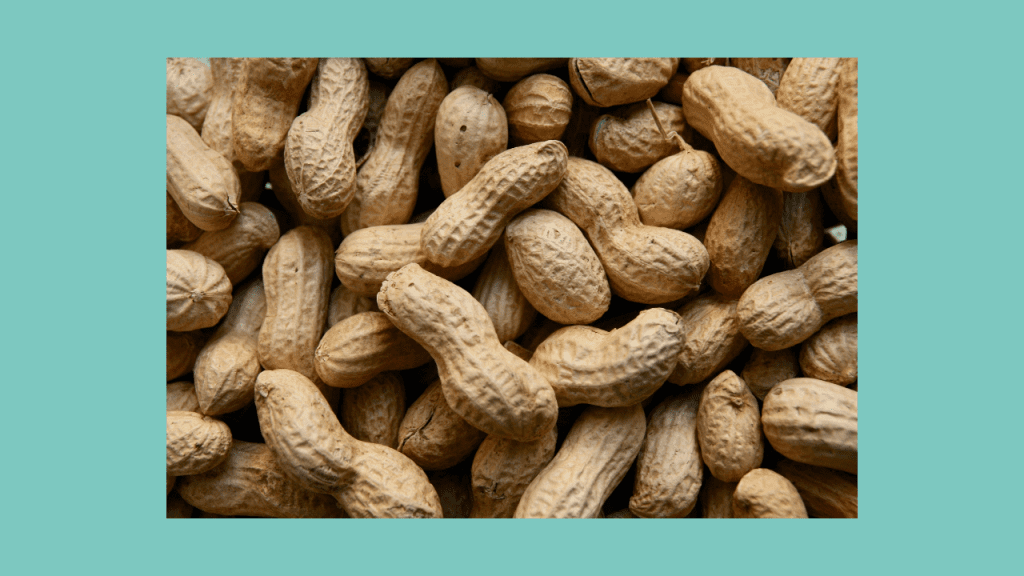
Uses of peanuts
Used in peanut butter spread. They can be consumed raw, roasted, spiced, or salted as a snack. First-press oil is used in cooking. In India, peanuts are used in a variety of dishes. Peanuts are also used as an important ingredient in Sabudana Khichri, a snack made of soaking sago, and Chikki, a sweet toffee. They are added to snacks named Poha and Chiwra, the wet and dry snacks made of beaten rice. Powdered or pasted peanuts are used in thickening gravies and chutneys.
Pistachio
A creamy white, smooth, and hard shell contains light olive green and violet-colored seed meat inside. Also called Pista.

Uses of Pistachio
Used for presenting Mughal sweets such as Halwa, Firni, Faluda, and Sheer kurma. Also used ground in Indian popsicles made of thick milk and sugar called Kulfi.
Walnut
A spherical, hard, and rough shell of around 3cm in diameter. Dark brown, brain-shaped nut meat inside.

Uses of walnut
Used chopped in cakes, cookies, pralines, pie toppings, and brownies. Halves are used for salads, dressings, and food presentation.
- Middle Eastern cuisine: used in the preparation of chicken
- Italy: pesto sauce.
Caraway
The first seeds that come into the classification of nuts and seeds are caraway seeds. Dark brown, 3–4 mm long, ridged grains Also called Shah Jeera.
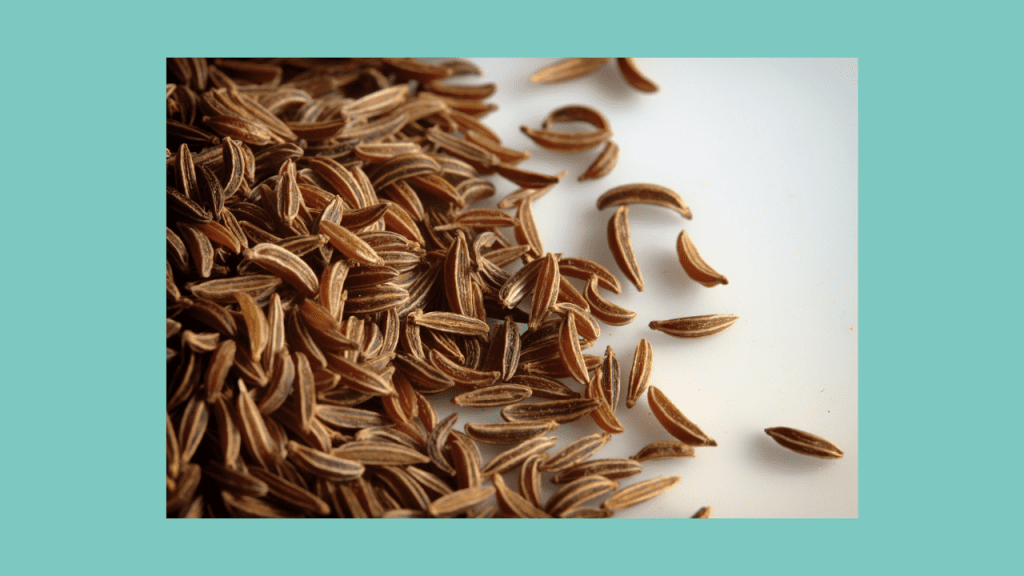
Uses of Caraway seeds
They are often used for seasoning.
- Serbia: used to sprinkle on loaves of bread.
- India: Used in rice dishes.
- Europe: used in the cake.
- Middle East: used in caraway pudding.
Carom/Royal Cumin
Greyish brown colored, 2mm long, pointed oval-shaped, ridged, and spicy seeds. Also called Ajwain.

Uses of Carom seeds
Mostly used in India in seasoning to bring flavors to the food. Because of its hot taste, cannot be consumed raw. It is often paired with lentils and beans to reduce gaseous effects.
Coriander
Yellowish green-colored oval-shaped, 3–4 mm long, 2-3mm diameter seeds Also called Dhaniya.
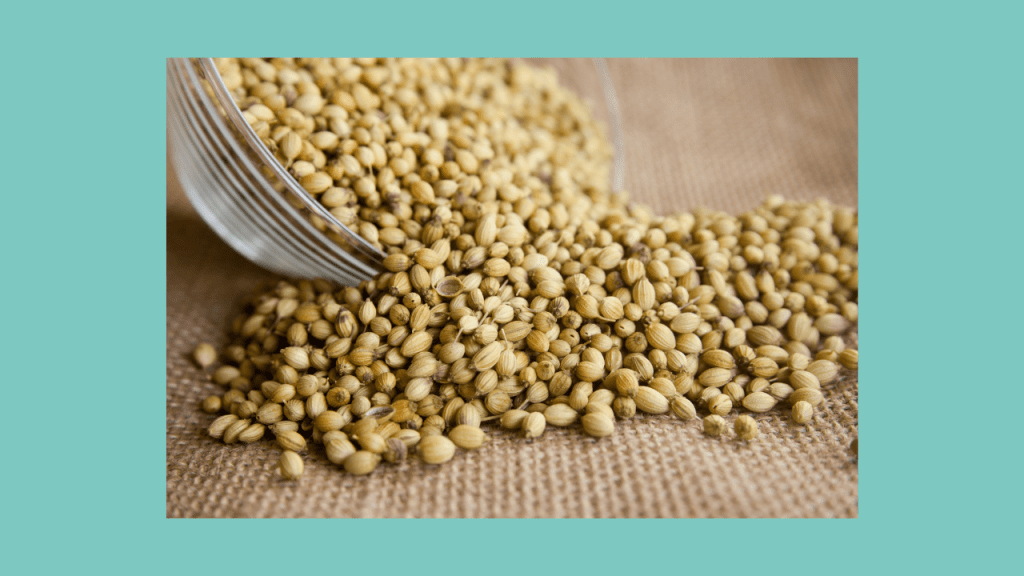
Uses of Coriander seeds
Used roasted and powdered as a flavorful condiment in Indian, Pakistani, Sri Lankan, and Bangladeshi cuisines.
Cumin
Light brown-colored, 2-4mm long, ridged seeds Also called Jeera.
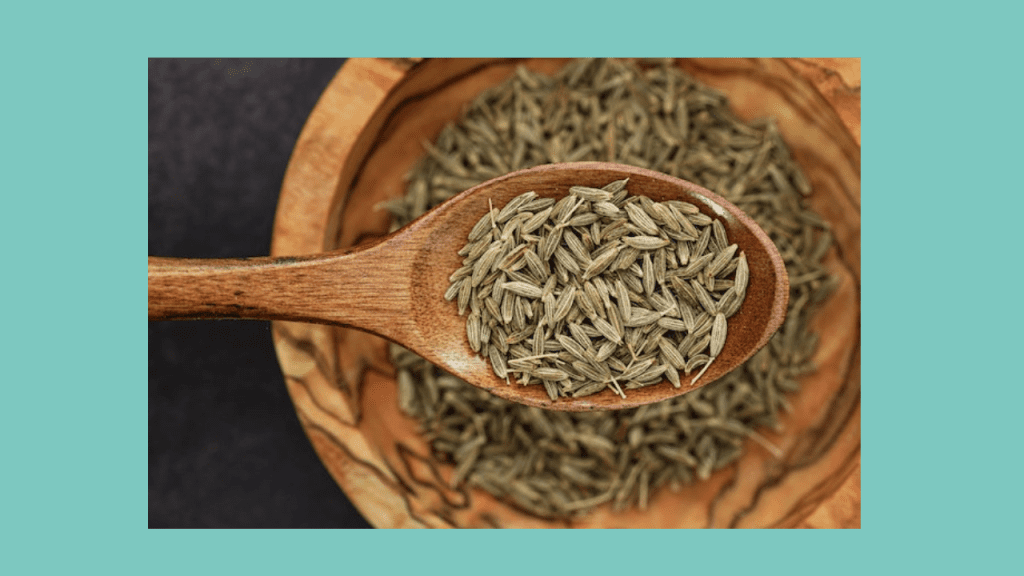
Uses of cumin seeds
In India, they are roasted and powdered and used in tangy foods to enhance flavor. It is also one of the five ingredients in chhonk. It is also used in curd-based salads and other Indian cuisines.
Fennel
Green/olive green, 3–4 mm long, 1-2 mm wide, ridged, sweet, and spicy seeds Also called Saunf.

Uses of Fennel
It is mostly used for flavoring all over the world. Used in Italian sausages, risotto, and Indian gravies from Gujrat and Kashmir. Eastern Indian states use it in a spice mix called Panch Poran. It is consumed as an after-meal digestive and mouth freshener.
Fenugreek
Dark yellow-colored, twisted cylinder-shaped matt finished with 2-3mm-long seeds. Also called Methi Danaa.
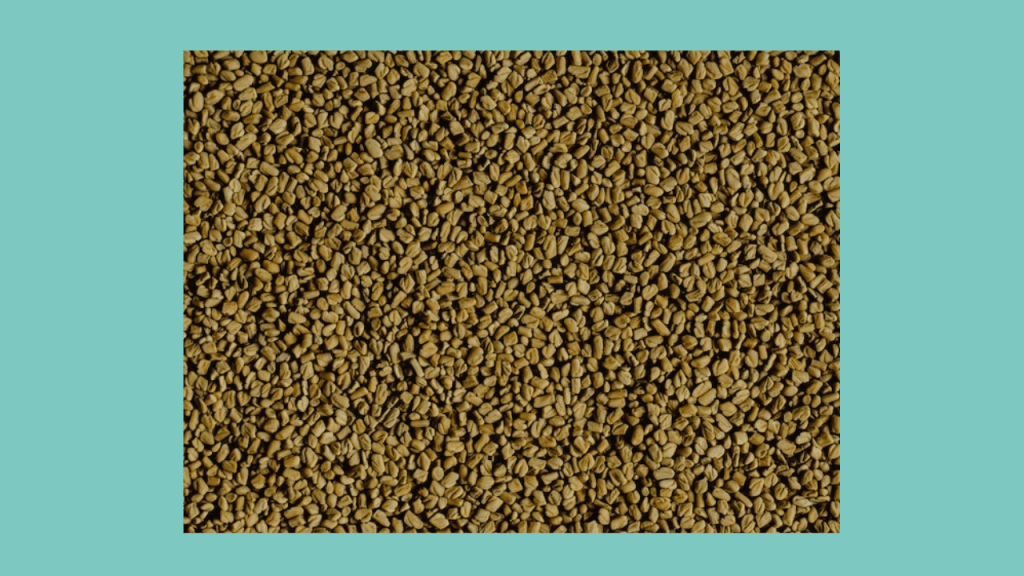
Uses of Fenugreek
Sprouted seeds and microgreens are used in Indian salads named Pachhadi. Also used on Chhonk. Powdered fenugreek seeds are used in a crispy tea-time Indian snack called Mathhri.
- Turkey: Paste is used in preparing Pastirma, a dish of air-dried and cured beef.
- Egypt and Persia: used in Pita bread.
Flax
Dark brown or yellow glossy, oval-shaped pointed at an end, 3–4 mm long flat seeds Also called Alsi.
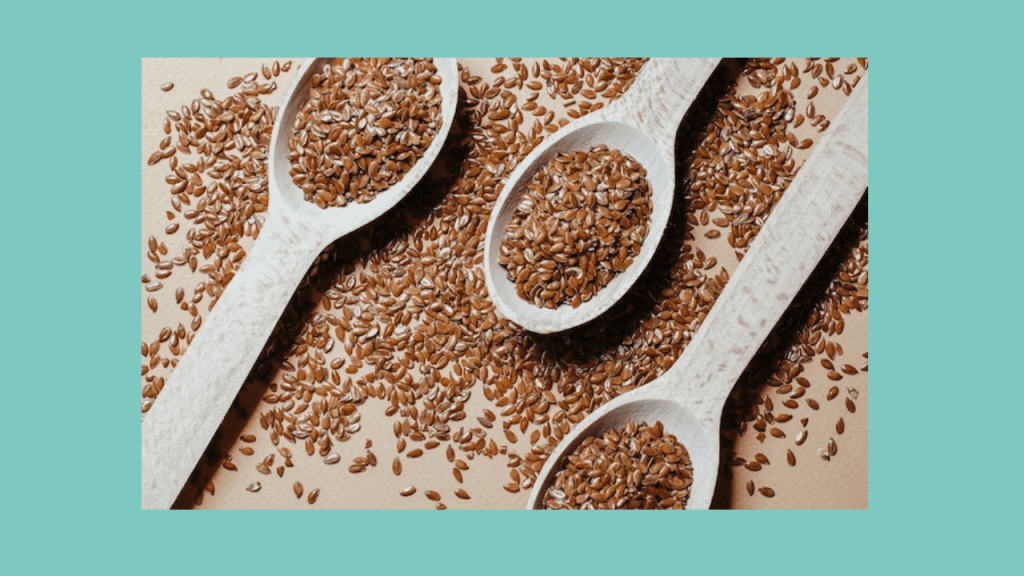
Uses of Flax seeds
In India, they are roasted and powdered with paprika and salt to be eaten with boiled rice. contain a high amount of omega-3 fatty acids. Often sprinkled on wheat loaves of bread.
Mustard
Black/brown/white with husk and dark yellow without it, round seeds of 2mm diameter. Also called Sarson.

Uses of Mustard
Used as a main ingredient in chhonk. Mustard leaves are used in vegetable preparation or stews in North India. Its oil is used in cooking and pickles. Europe: Used in mustard sauce.
Nigella
Black seeds of 1-2 mm in length. Also called Kalaunji.

Uses of Nigella seeds
Used in cooking flatbread in North Indian cuisine. Also used as a part of gravies, pulses, and curries in India and the Middle East. Used in preparing Armenian string cheese.
Pumpkin
Creamy white with husk and light green meat inside, flat oval-shaped 6–8 mm long pointed seeds.

Uses of pumpkin seeds
Used extensively in the US, Mexico, Europe, and Africa as a roasted snack or in cooking.
Sesame
Light brown, 2-3 mm long, 2mm wide, oval-shaped pointed flat grains Also called Til.

Uses of sesame seeds
They are used as toppings on buns and breads.
- Japan: Unhusked seeds are used in gomashio, a seasoning for rice.
- India: Roasted seeds are mixed with jaggery, rolled into balls, or stuffed in flatbread, and mixed with paprika to make Malagai Podi. Sesame oil is used in cooking and pickles.
- Middle East Cuisine: Ground into a paste named Tahini
- Mexico: Used as a food additive.
Conclusion
In conclusion, in the article “Classification of nuts and seeds,” we learned that nuts and seeds are not just delicious additions to our meals; they also bring a wealth of flavors, textures, and nutritional benefits to the culinary world. From the creamy richness of almonds to the earthy crunch of pumpkin seeds, these ingredients have been cherished by chefs and home cooks alike for centuries.
We’d love to hear from you! Are there any nuts or seeds that you’ve used in your culinary adventures that we haven’t covered in this article? Share your knowledge and experiences in the comments below. Let’s continue to explore the delicious world of the classification of nuts and seeds together.
Happy cooking!
